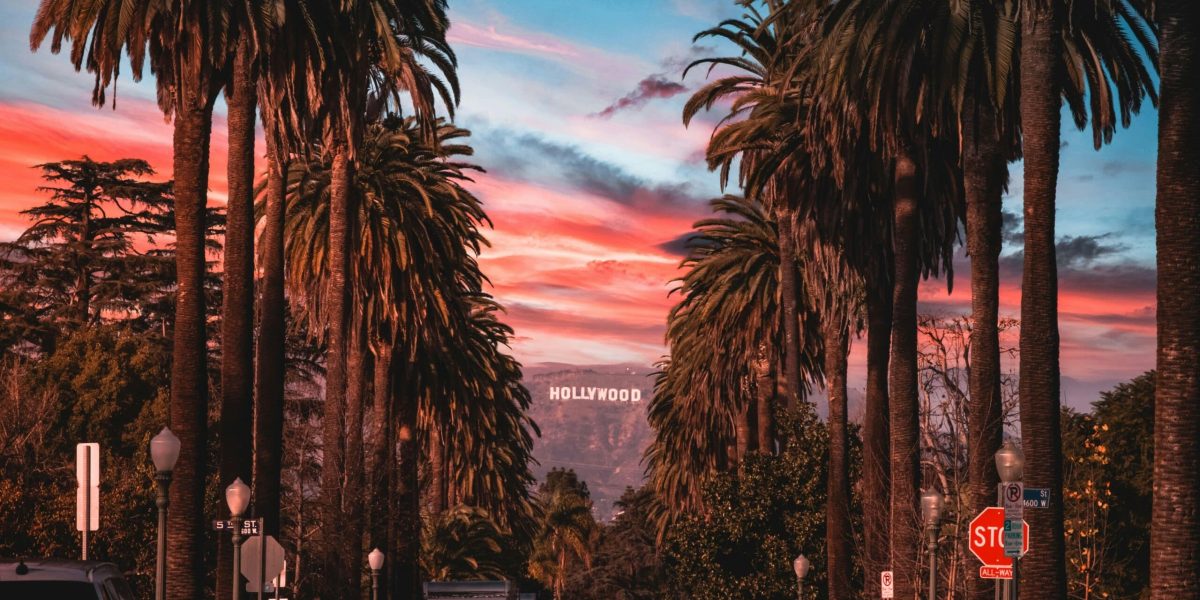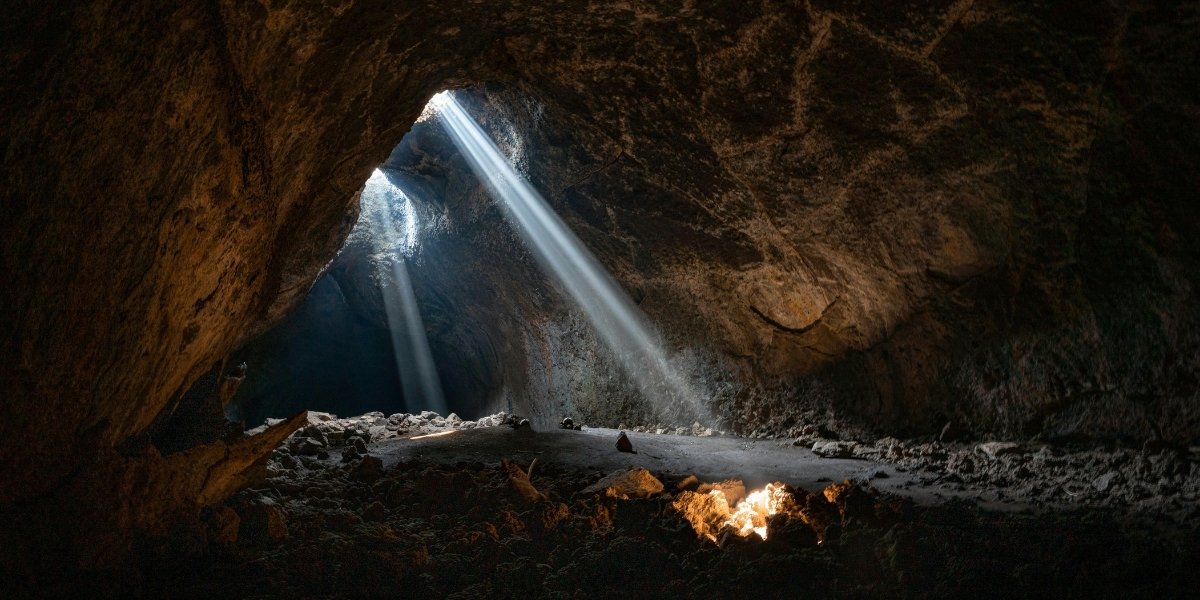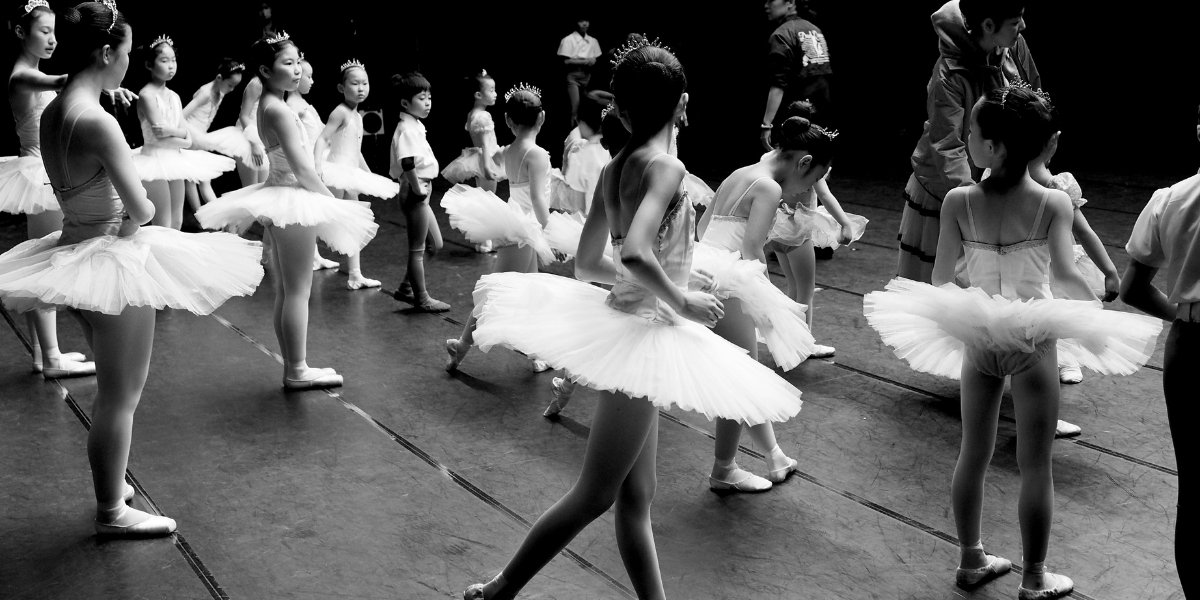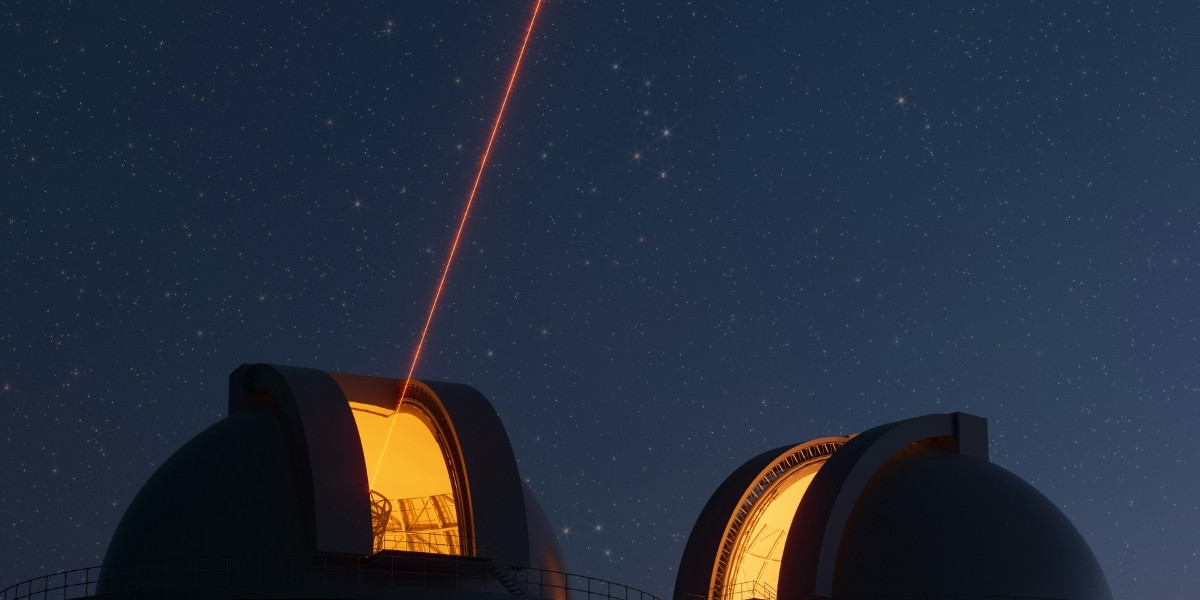Classic movies hold a special place in the hearts of audiences across generations. These timeless films transcend trends and provide a window into different eras of storytelling, filmmaking, and culture. From their iconic performances to groundbreaking techniques, these masterpieces continue to inspire filmmakers and entertain viewers.
Rediscovering classic movies is more than just revisiting the past—it’s about understanding the foundations of modern cinema and experiencing stories that remain relevant today.
What Makes a Movie a Timeless Classic?
A classic movie is defined by its ability to endure. These films often feature compelling narratives, unforgettable characters, and universal themes that resonate with audiences over time. The timelessness of these movies can be attributed to their artistry and emotional depth.
Consider the golden age of Hollywood, when filmmakers like Alfred Hitchcock and Billy Wilder created masterpieces that continue to set benchmarks for excellence. Their work demonstrates the importance of innovation in crafting unforgettable stories. The use of practical effects, sharp dialogue, and atmospheric cinematography in movies such as Psycho and Sunset Boulevard still feels fresh decades after their release.
Additionally, the performances in classic films are often unparalleled. Actors like Audrey Hepburn, Humphrey Bogart, and Marlon Brando left indelible marks on cinema with their charisma and talent. Their portrayals remain iconic, inspiring generations of actors and continuing to engage audiences.
How Do Classic Movies Influence Modern Cinema?
Modern filmmakers frequently draw inspiration from classic movies, paying homage to their groundbreaking techniques and storytelling methods. For example, directors like Steven Spielberg and Christopher Nolan have cited classics as influences in shaping their craft.
One of the lasting impacts of classic cinema is the introduction of techniques that are now staples in filmmaking. Innovations like the tracking shot, pioneered in Citizen Kane, or the use of non-linear storytelling in Rashomon set precedents that modern filmmakers still emulate. These techniques provide audiences with immersive experiences that elevate storytelling beyond the ordinary.
The themes explored in classic films also remain highly relevant. Social commentary, moral dilemmas, and explorations of the human condition are universal, allowing audiences to connect with the narratives regardless of the time period. For instance, the political undertones of Dr. Strangelove or the exploration of identity in Casablanca are as thought-provoking today as they were upon release.
Even remakes and reboots of classics showcase their enduring appeal. While some strive to recreate the magic of the original, others reinterpret the material to suit contemporary tastes. Either way, the influence of classic films persists, cementing their place as cultural touchstones.
Why Should Audiences Rediscover Timeless Masterpieces?
Watching classic movies offers more than entertainment—it’s an opportunity to explore the evolution of storytelling and gain a deeper appreciation for cinematic history. For viewers unfamiliar with these masterpieces, diving into classics provides a richer understanding of how the art form has progressed.
Classic films often tackle subjects in ways that remain unparalleled. For example, 12 Angry Men delivers a powerful exploration of justice and morality within the confines of a single room. Similarly, Gone with the Wind and Lawrence of Arabia offer sweeping epics that capture the grandeur of storytelling on a massive scale.
Rediscovering these films also allows viewers to see the origins of many tropes and archetypes present in modern media. From the femme fatale in film noir to the hero’s journey in adventure stories, classic movies serve as the blueprint for countless contemporary narratives.
Classic movies can introduce audiences to different cultural and historical perspectives. Watching international classics such as Seven Samurai or La Dolce Vita offers a glimpse into the traditions and values of other societies, enriching the viewer’s understanding of the global impact of cinema.
How to Start Exploring Classic Movies
For those new to classic cinema, starting with universally beloved films is a great way to dive in. Movies like The Godfather, Roman Holiday, or Rear Window are excellent entry points, offering accessible yet profound storytelling. Exploring a range of genres—from musicals like Singin’ in the Rain to thrillers like Vertigo—helps build a well-rounded appreciation for classic films.
Streaming platforms and curated film collections make accessing classic movies easier than ever. Many services offer restored versions that preserve the visual and auditory quality of these masterpieces, ensuring a viewing experience as close to the original as possible.
Local theaters or film festivals often host screenings of classic movies, allowing audiences to experience them on the big screen. This immersive setting highlights the artistry of these films, from their cinematography to their iconic scores.
Engaging with discussions and analyses about classic films can further enhance the experience. Books, podcasts, and online forums provide insights into the techniques, themes, and historical context that make these movies so enduring.








